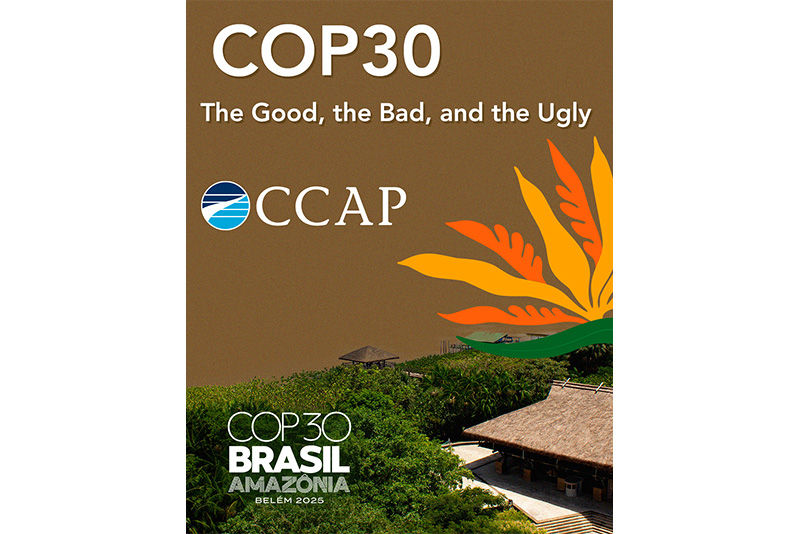Building Climate and Clean Energy Solutions Post-Paris
- Bill Tyndall
- Jul 5, 2016
- 3 min read

I attended the June meeting of the Green Climate Fund (GCF) in Songdo, Korea, to moderate a policy dinner that CCAP held there. The GCF was established within the framework of the UNFCCC as a mechanism to provide mitigation and adaptation funding and financing to developing countries. The ambition for the Fund is high. When established, the GCF was charged with promoting the “paradigm shift towards low-emission and climate-resilient development pathways by providing support to developing countries” and to “catalyze” the flow of both public and private climate finance. It also was instructed to support the Paris Agreement, which includes the key goal of making global “finance flows consistent with a pathway towards low greenhouse gas emissions and climate-resilient development.” Mind you, the GCF is aiming to deploy $2.5 billion this year, which is only a fraction of the estimated trillions of dollars of investment needed to help shift to a climate-compatible global economy.

The good news is that global financial flows are already being rechanneled even as the GCF is just ramping up. Looking at energy capital flows, the annual investment in global energy supply is estimated at over $1 trillion per year. Clean energy’s share of this investment continues to grow. For 2015, Bloomberg New Energy Finance put global clean energy investment at $329 billion. Michael Liebreich, chairman of the advisory board at Bloomberg New Energy Finance summed up the situation succinctly, “Wind and solar power are now being adopted in many developing countries as a natural and substantial part of the generation mix: they can be produced more cheaply than often high wholesale power prices; they reduce a country’s exposure to expected future fossil fuel prices; and above all they can be built very quickly to meet unfulfilled demand for electricity. And it is very hard to see these trends going backwards, in the light of December’s [Paris Agreement].”
While the GCF’s challenge is still enormous, the global investment trends provide strong tailwinds. For clean energy, it may be that the most important thing the GCF can do is help developing countries create the conditions necessary for cost effective low-carbon technologies to grow naturally. Doing so can help countries reduce costs to consumers, improve access to energy, create local jobs, and meet their climate pledges under Paris. For instance earlier this year the GCF approved “readiness” funding for Senegal aimed at accelerating solar deployment in the country, and address the country’s acute energy crisis. The work, which funded an assessment of the solar resource, a technical assessment of the grid integration issues, and a review of regulatory barriers, seems to CCAP something that many countries need as a predicate to bringing in solar. CCAP is doing similar work with our country partners in Pakistan, Philippines and Peru, so we know first-hand how important this type of preparatory work is.
The design of prototypical programs can accelerate the deployment of the trillions of dollars of public and private investment to support countries’ climate and development goals, and help the GCF meet its ambitious charge. The Senegal readiness funding is a good start, but this type of funding needs to be deployed much faster, at a higher volume, and in a way that makes it easy to access for developing countries. Using a good portion of this year’s $2.5 Billion goal for these kinds of catalytic projects could help jump start billions of dollars of investment globally.




شيخ روحاني
رقم شيخ روحاني
الشيخ الروحاني
الشيخ الروحاني
شيخ روحاني سعودي
رقم شيخ روحاني
شيخ روحاني مضمون
Berlinintim
Berlin Intim
جلب الحبيب
https://www.eljnoub.com/
https://hurenberlin.com/